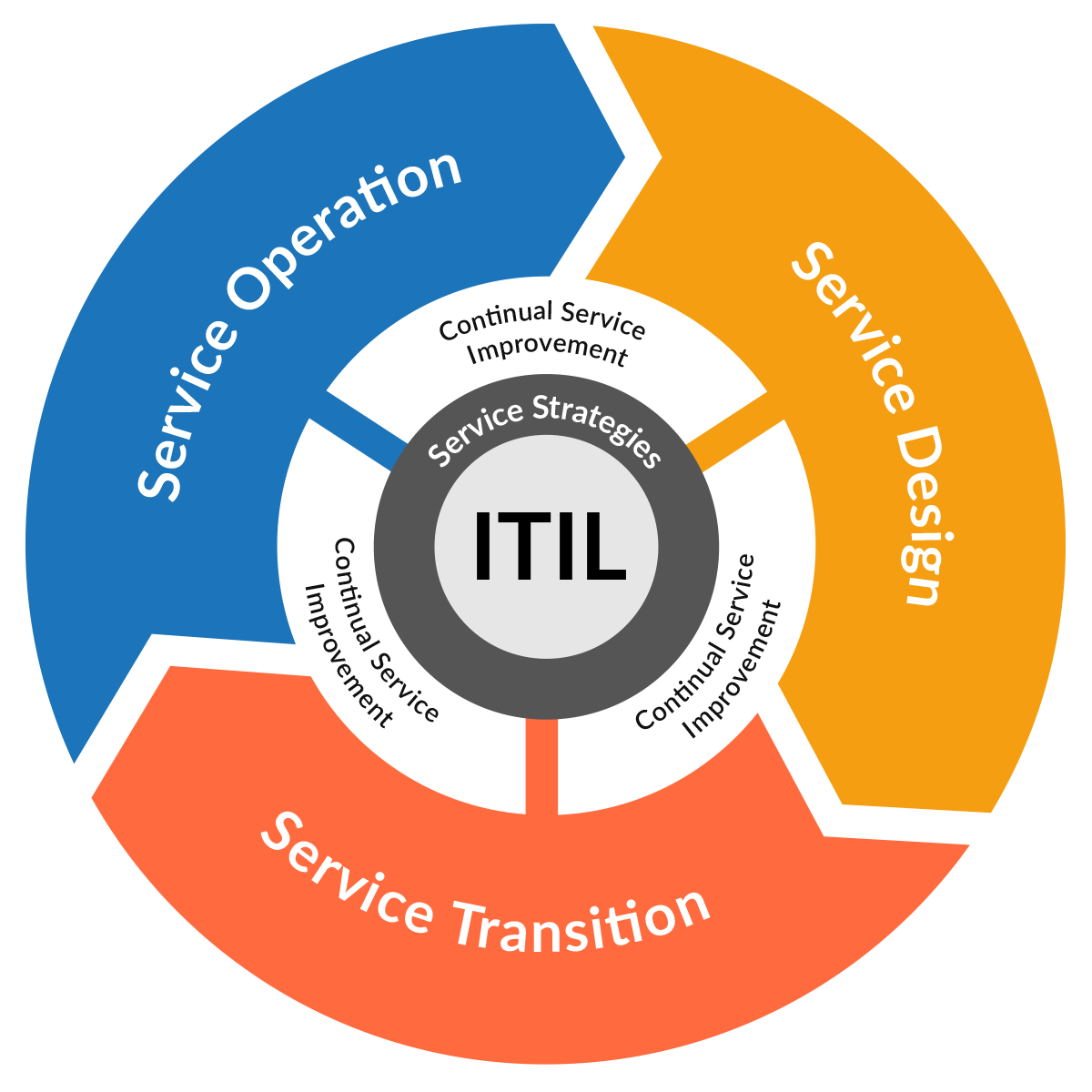What is ITIL Version 3?
ITIL version 3 is the third version of the Information Technology Infrastructure Library (ITIL), released in 2007. Like previous versions, ITIL version 3 is comprised of best practices for managing information technology (IT).
Version 2 VS. Version 3
What’s the Difference Between ITIL Versions 2 and 3?
The previous version—ITIL version 2—was widely adopted between 2000 and 2005. Many organizations found significant benefits from using ITIL version 2 processes in their IT departments.
But there was a problem with ITIL version 2. Some of its disciplines and methodologies were lacking.
Individual services had no overarching discipline for process improvement. This sometimes resulted in chaos, especially when processes were at different maturity levels.
Modern IT services also became intertwined with business processes. This meant that individual IT technical discipline improvement wasn’t enough to meet an organization’s needs. What they needed was a lifecycle approach—but ITIL version 2 couldn’t deliver that.
Another weakness of ITIL version 2 was its technology-focused methodology. The terms included weren’t familiar to business people. And that led to miscommunication and misunderstandings.
And business unit participation was optional in ITIL version 2—which was bad for business and IT alignment.
Organizations craved a new approach to take their organizations to the next level of IT management maturity. And that’s what ITIL version 3 delivered.
Why ITIL Version 3 is Better
The biggest thing ITIL version 3 does is bring IT and the business together. And version 3 does this by requiring the participation of business units.
Here’s how.
The architects of ITIL version 3 took a project management approach to service management. And that meant IT needed to use a business approach.
This entails using the same market research practices, the same business value statements, and the same business effectiveness measures in IT that are used by the business.

Plan-Build-Run (PBR)
Plan-Build-Run (PBR) was originally developed for the mainframe computing platforms of the 1980s. But it’s since proved effective for managing large-scale application development.
When ITIL architects incorporated PBR, they added a strategic planning process to the front-end. And they wrapped it with a continuous service improvement process that’s similar to Six Sigma.
This ensures that ITIL processes and best practices remain fresh and relevant. An all component parts are current and optimally support business needs.
ITIL Version 3 Best Practices and Processes
There are five core best practices and processes in ITIL version 3:
- Service strategy for strategic planning, governance, and policy
- Service design, which is the “Plan” component of PBR
- Service transition, which is the “Build” component of PBR
- Service operation, which is the “Run” component of PBR
- Continuous service improvement for coordinated review and refresh on a scheduled basis
ITIL version 3’s strategic planning process uses a discipline known as Enterprise Architecture (EA). This provides the framework for a technology lifecycle. It also complements the service lifecycle.
Here’s how EA works.
Technology components and processes go through the lifecycle of:
- Initial research
- Business benefit definition
- Proof of concept
- Implementation
- Decommission of aged products that no longer provide value
The EA approach is especially attractive, since services and technologies and interdependent. Plus, change in both areas is accelerating faster and faster.
How Software Supports ITIL Version 3
IT service optimization software—like that delivered by Vityl Capacity Management —should support ITIL version 3 processes.
Here are some examples of what to look for.
1. Service Strategy
Look for software that can provide high-level IT and business service analytics. This will give you the information that the service strategy process requires for informed decision-making.
The software you choose should also fit into ITIL financial management and demand management disciplines.
2. Service Design
Look for software with a wide range of reporting and predictive analysis capabilities. This will help you successfully execute multiple ITIL disciplines, including:
3. Service Transition
Look for software with reporting and analysis capabilities. This will help your staff make sure changes will yield the right results—before you make them in your active, customer-facing environment.
The software you choose should also help you with ITIL disciplines like configuration management.
4. Service Operation
Look for software that will help you keep your service up and running. Specifically, it should have reporting and analysis tools.
We recommend automated predictive analysis to ensure operations staff are aware of problems—before they even happen. And, when problems do occur, your software should give you the ability to find the cause fast, so you can restore service ASAP.
5. Continuous Service Improvement
Look for software with a wide range of reporting capabilities. This will be crucial to determining how existing services are performing, as well as identifying gaps and poor performers.
Getting Started
Take the Next Step
Read the guide:
Explore the software:
Watch a Demo > Product Info >
Continue Learning
Version 2 | Version 3 (current page)
ITIL Components:
Business Relationship Management
ICT Infrastructure Management
Application Management
Security Management
Service Delivery
- Service Level Management
- Financial Management
- Capacity Management
- Availability Management
- Continuity Management
Service Support
- Incident Management
- Problem Management
- Configuration Management